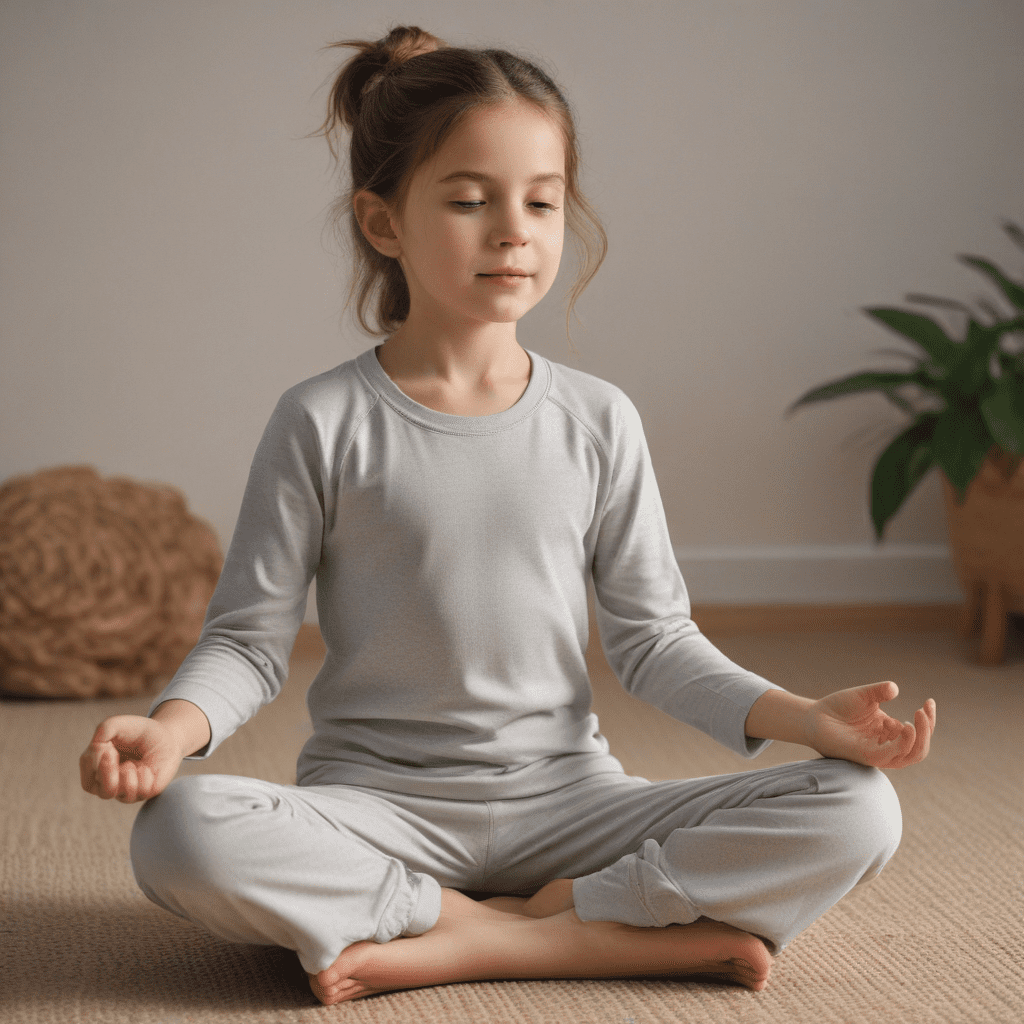
Mindfulness and Meditation for Children's Wellbeing
Introduction
In today's fast-paced world, children face increasing pressures and challenges that can impact their mental and emotional well-being. Mindfulness and meditation practices have emerged as powerful tools to support children's holistic development and enhance their overall well-being.
Benefits of Mindfulness and Meditation for Children
Mindfulness involves paying attention to the present moment without judgment. Meditation is a practice that cultivates mindfulness and helps children regulate their emotions, improve focus, and reduce stress. Research has demonstrated numerous benefits of mindfulness and meditation for children, including:
- Enhanced attention and focus
- Improved emotional regulation
- Reduced stress and anxiety
- Increased self-awareness and empathy
- Improved academic performance
- Foster greater resilience and well-being
Different Mindfulness and Meditation Techniques for Children
There are various mindfulness and meditation techniques tailored for children of different ages and preferences. Some popular practices include:
- Body Scan: Encouraging children to focus on different body parts and sensations.
- Mindful Breathing: Teaching children to pay attention to their breath, noticing its rhythm and depth.
- Mindful Walking: Guiding children to walk slowly and observe the sensations of their feet on the ground.
- Mindful Coloring or Drawing: Engaging children in activities that promote focus, creativity, and self-expression.
- Mindful Play: Incorporating mindfulness into play, such as practicing gratitude or focusing on the present moment while playing.
Age-Specific Practices and Considerations
The age of the child influences the appropriate mindfulness and meditation techniques. For younger children, shorter, playful practices are more suitable. As they grow older, they can gradually engage in more complex practices tailored to their developmental needs.
Integrating Mindfulness into the School Day
Schools can play a crucial role in promoting mindfulness among students. Incorporating mindfulness into the school day can involve:
- Starting the day with a brief mindfulness practice.
- Allocating time for mindful movement or yoga sessions.
- Introducing mindfulness exercises into different subjects, such as focusing on the senses in science lessons or practicing gratitude in social studies.
- Establishing a "mindfulness room" where students can practice or seek respite.
Mindfulness in Extracurricular Activities
Extracurricular activities provide another avenue for children to engage in mindfulness. Sports, martial arts, dance, and music can all be adapted to incorporate mindfulness principles, such as focusing on the present moment and practicing self-regulation.
The Role of Parents and Caregivers
Parents and caregivers significantly impact children's well-being. They can support mindfulness practices by:
- Modeling mindfulness in their own lives.
- Encouraging children to practice mindfulness regularly.
- Providing a supportive and non-judgmental environment for children to explore mindfulness.
- Connecting with other parents and caregivers to share experiences and resources.
Supporting Mindfulness Practices in Schools and Communities
Creating a supportive environment for mindfulness in schools and communities requires:
- Training and professional development for educators and youth leaders on mindfulness practices.
- Collaborating with community organizations to provide mindfulness-based programs.
- Advocating for policies and initiatives that promote mindfulness in schools and youth programs.
Evaluating the Effectiveness of Mindfulness Programs
Assessing the effectiveness of mindfulness programs is crucial. Evaluation methods can include:
- Surveys to gather feedback from participants and educators.
- Physiological measures, such as heart rate variability or brain scans.
- Qualitative data analysis, including focus groups and interviews.
Conclusion: Fostering Children's Well-being through Mindfulness
Mindfulness and meditation practices offer children numerous benefits, including improved attention, emotional regulation, and overall well-being. Integrating mindfulness into the school day, extracurricular activities, and home life provides children with the skills and support they need to navigate challenges and thrive. By fostering mindfulness in children, we empower them to live healthier, happier, and more fulfilling lives.
FAQs
- What is the difference between mindfulness and meditation?
- Mindfulness is the practice of paying attention to the present moment without judgment. Meditation is a practice that cultivates mindfulness and helps regulate emotions and improve focus.
- Is mindfulness suitable for all children?
- Yes, mindfulness is beneficial for children of all ages. Techniques can be adapted to suit individual needs and preferences.
- How can I incorporate mindfulness into my child's daily routine?
- Start with short, simple practices, such as mindful breathing or body scans. Gradually increase the duration and complexity as your child becomes comfortable.
- What are the benefits of mindfulness for children with behavioral or developmental challenges?
- Mindfulness can help children with behavioral or developmental challenges improve attention, self-regulation, and social skills. It can also reduce stress and anxiety.
